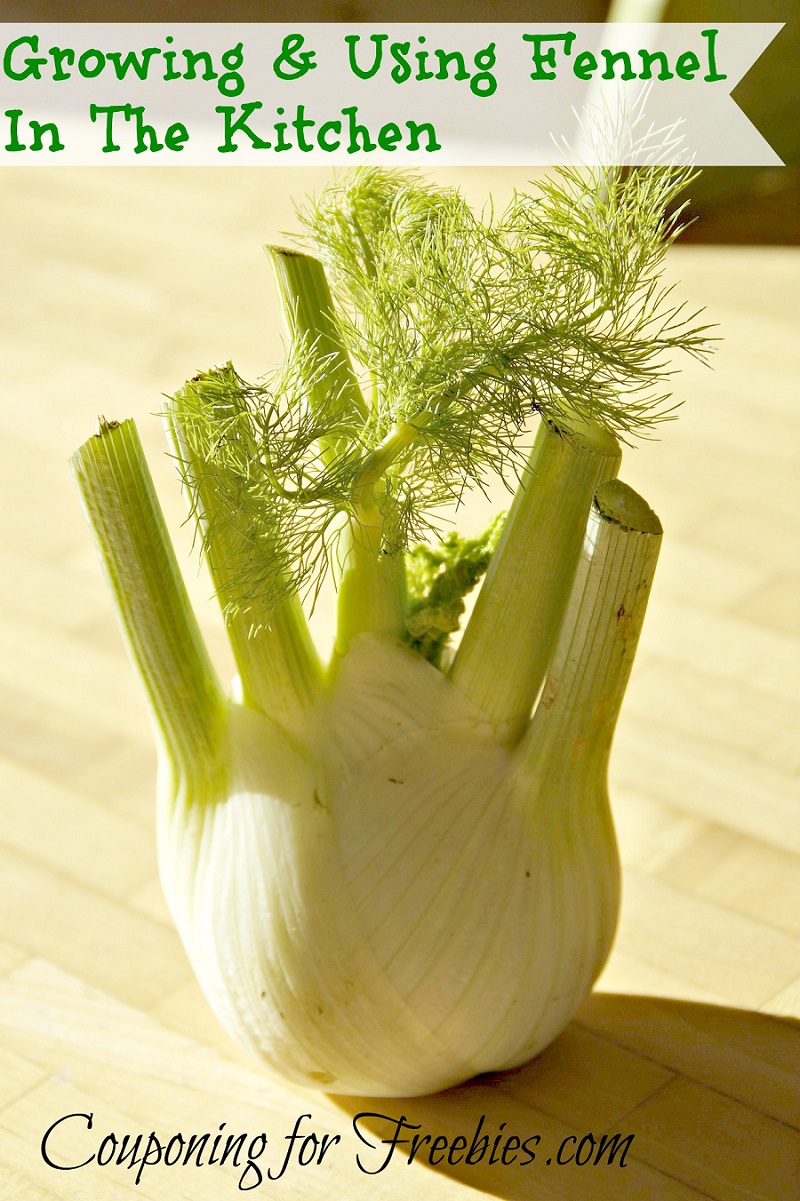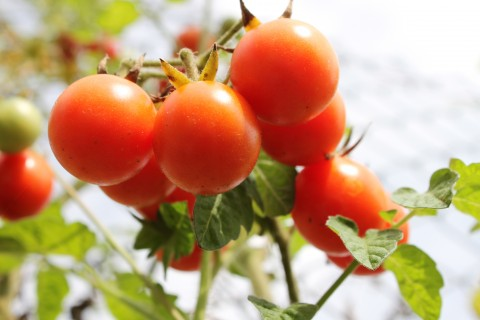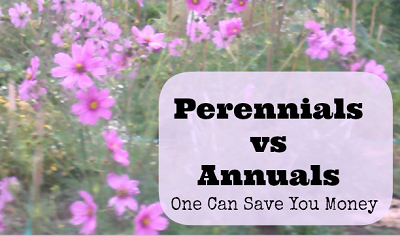Growing And Using Fennel In Your Kitchen

Growing And Using Fennel In Your Kitchen
Fennel is one of those herbs that is often overlooked, but once gardeners find out how versatile it is in the garden and kitchen, it quickly becomes a favorite. The tall bushy stems of fennel make great additions to both herb and floral gardens because they have a unique fragrance and produce bold yellow flowers that quickly fill in all the space available to them. Though this herb is native to the Mediterranean region of the world, it has been cultivated successfully in just about every climate zone and garden it has been added to.
If you want to begin growing and using fennel, use these tips to ensure a thriving plant and huge harvest. Once you have harvested, there are several ways to use the fennel in your kitchen, and to relieve health issues.
Basic Fennel Needs
Fennel does best in hardiness zones 7-t0, but if can be grown in containers, warm rooms or even as an annual herb in gardens outside of these hardiness zones. The herb is a tall grower, with stems that branch out a lot in both stem and leaf so you need to provide them with plenty of garden space. Finally, fennel is best grown from seed and does not like to be moved, so purchase your seeds early and make sure the garden bed is well prepped for the best results. A full sun plant, make sure fennel is able to get at least eight hours of full sun throughout the day.
Growing Fennel
Now that you are aware of the basic needs fennel has, its time to grow this beautiful herb. Wait to sew seeds till any chance of frost has passed for your hardiness zone. Sow seeds directly into a well tilled, moist garden bed that is able to drain itself properly. You can rake the seeds into the soil with your fingers because they need to be less than an inch deep. Once seeds have been added, keep the bed watered, but not waterlogged and thin out the seedlings early on. Because fennel does not like to be transplanted, seedlings should be discarded into a compost bin instead of being replanted in other areas of the garden. Keep plants well watered throughout the growing season and fennel does great left on its own.
Best Varieties of Fennel
There are several different varieties of fennel that are great for growing exclusively in herb gardens, or placing in flower gardens. Florence fennel is one of the most popular varieties because it produces an incredibly large bulb, which is extremely flavorful. Bronze fennel is another favored option because its leaves are colored differently than most other forms of fennel, having a dark brown to purplish coloring. Even though you don’t eat the fronds, they are very fragrant and can be used to dress dishes and add color in the garden.
Harvesting and Cutting Fennel
To harvest your fennel crop, pull the plant up out of the soil from the bulb up. For use in the kitchen, the bulb is what you are interested in harvesting, but the colorful fronds are also great to garnish dishes you create. Sometimes the seed is harvested, but its use is limited to dietary and health related uses. If you want to collect the seeds, do so when the flowers begin to mature and drop their petals. Place the flower heads in a paper bag and keep them in a dark and dry area so the seeds can fall out of the flowerhead as the plants dry out and die.
Using Fennel in the Kitchen
The bulb of the fennel plant is very fragrant and can be described as having a licorice or taste like an anise plant. Cut the bulb off of the stem and then slice the bulb into thin slices. Cooked fennel is great in soups, stir fry and roasted with meat dishes. Raw fennel adds a mouthful of flavor to salads and cold pasta dishes. The seeds can also be used to create a tea that helps with digestive problems, but it should only be used as a tea as needed because it can end up causing digestive discomfort when consumed in large amounts.



